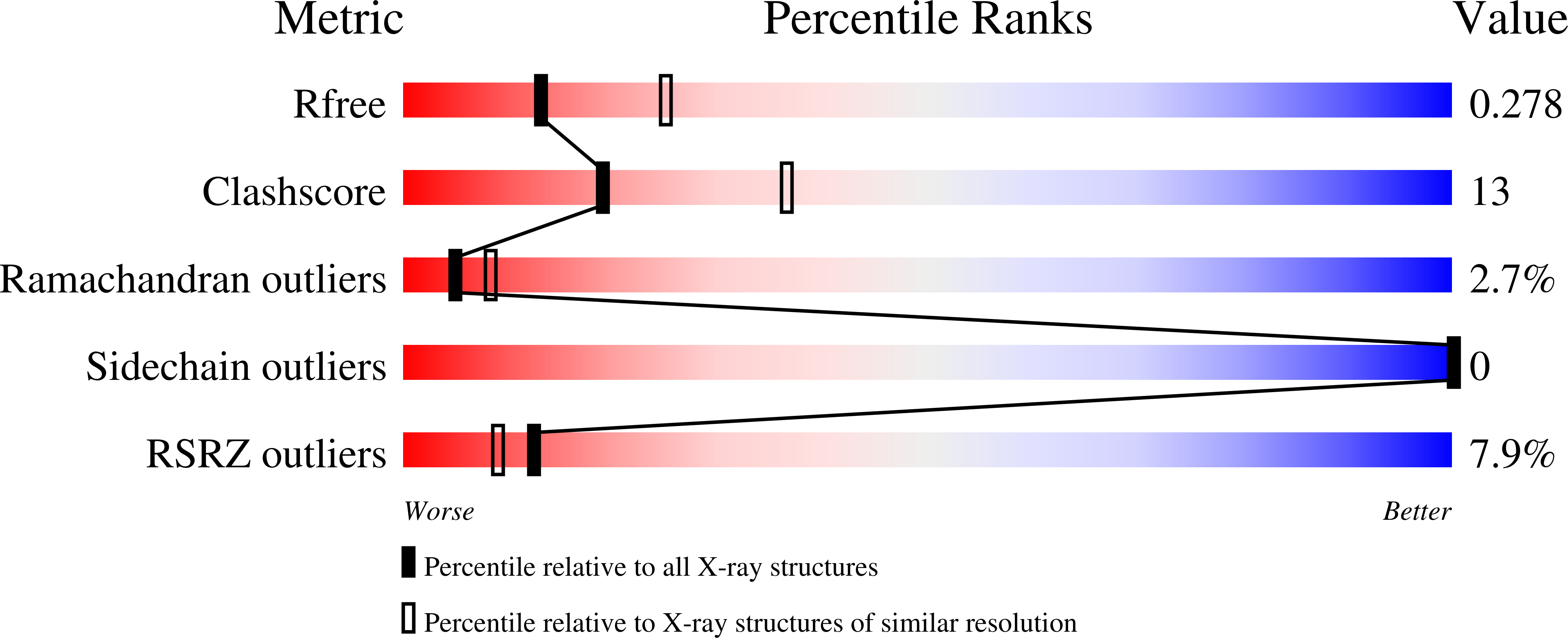
Deposition Date
2022-03-18
Release Date
2023-01-11
Last Version Date
2023-10-25
Entry Detail
PDB ID:
7UD6
Keywords:
Title:
Designed Enzyme SH3-588 (Catechol O-methyltransferase catalytic domain and Src homology 3 binding domain fusion)
Biological Source:
Source Organism:
Homo sapiens (Taxon ID: 9606)
Rattus norvegicus (Taxon ID: 10116)
Rattus norvegicus (Taxon ID: 10116)
Host Organism:
Method Details:
Experimental Method:
Resolution:
2.59 Å
R-Value Free:
0.27
R-Value Work:
0.24
R-Value Observed:
0.24
Space Group:
P 61 2 2


